"Hst Henri De Waroquier"
Henry de Waroquier (1881 - 1970). French painter. After long studies at the Museum of Natural History, he was then a student in architecture of Charles Genuys, he succeeded in the competition for professor of decorative composition at the Ecole Estienne. He made many trips to Spain, Italy, Greece, the Netherlands, Egypt and Palestine. He was Commander of the Legion of Honor and Commander of the Order of Arts and Letters. From the beginning of the 20th century, his works appeared in the main annual Salons including the Salon d'Automne of which he was president, at the Société des Peintres Graveurs Indépendants of which he was a founding member, at the Salon des Tuileries, at the Salon des Artistes Indépendants in 1944. Various personal exhibitions were devoted to him, including a very complete retrospective in 1946 at the Museum of Zurich as well as several others at the Museum of Decorative Arts in Paris. He had started painting under the double influence of the Impressionists and the Orient. From 1901 to 1910, he painted especially in Brittany, the Ile aux Moines, Belle Isle en Mer. In 1912, he discovered Italy, and especially the painters of the Pre-Renaissance who represented his so-called "white" period. In 1917, on the contrary, he painted in a very dark range, generally imaginary landscapes. It is from 1920, on the occasion of a new trip to Italy, then to Spain that he painted his landscapes from nature. He then approached the Still Life and the figure introduced into the landscape. From this period, his work presents a great continuity in the expression of the tragic and the meaning of death, either by dramatic lightings striking the landscapes already exalted by the drawing, or directly by the representation of pathetic faces. Lza Tragédie, decoration he painted for the Palais de Chaillot in 1937 for the Universal Exhibition, as well as L'Espagne bruised which he exhibited at the Salon des Tuileries in 1938 are typical examples of this period. From 1936, he made engravings, and also practiced sculpture - bronzes and terracotta, very influenced by the Far East. Present in many French and foreign museums including: - Museum of Modern Art in Paris, - Museum of Decorative Arts in Paris - Musée d'Orsay - Museum of the 1930s in Boulogne Billancourt - Théâtre de Chaillot - Museum of Modern Art in Strasbourg - Musée des Beaux-Arts de Lyon - Musée des Beaux-Arts de Marseille - Royal Museum of Fine Arts of Belgium
Our painting is a view of the Doge's Palace in Venice from the lgune painted around 1920 The canvas is signed and numbered M 472 lower left. It is monogrammed on the back and numbered M. 375 Size of the work 72 x 96 cm Framed canvas and in very good condition.


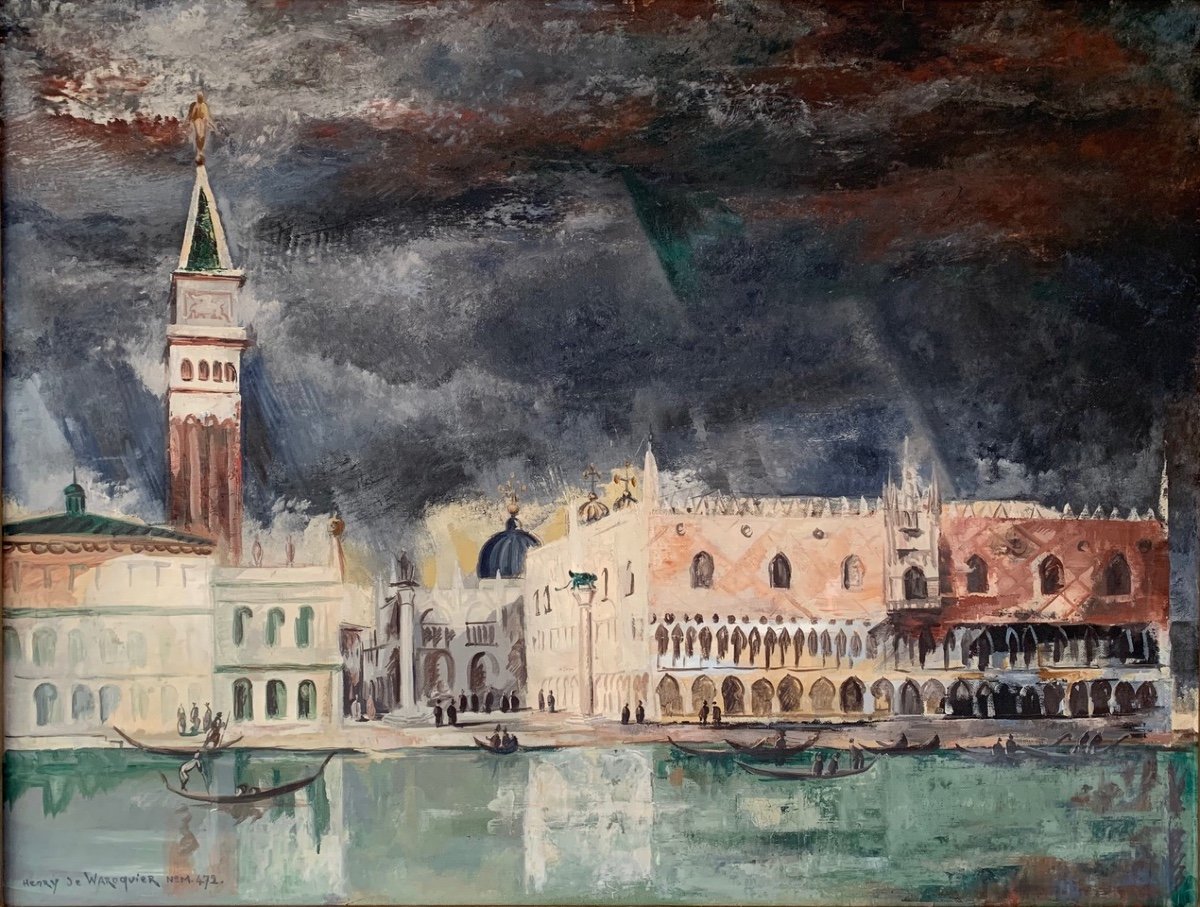

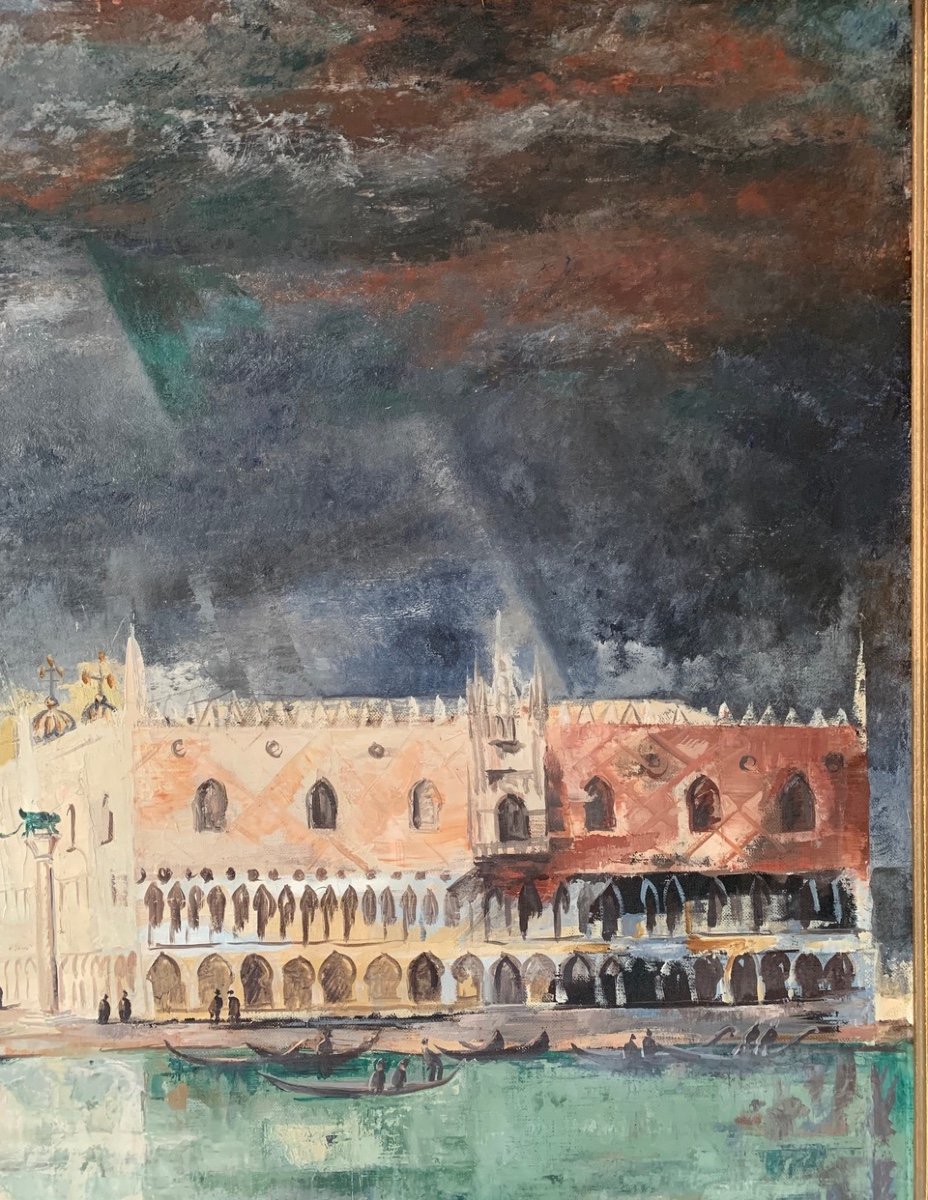
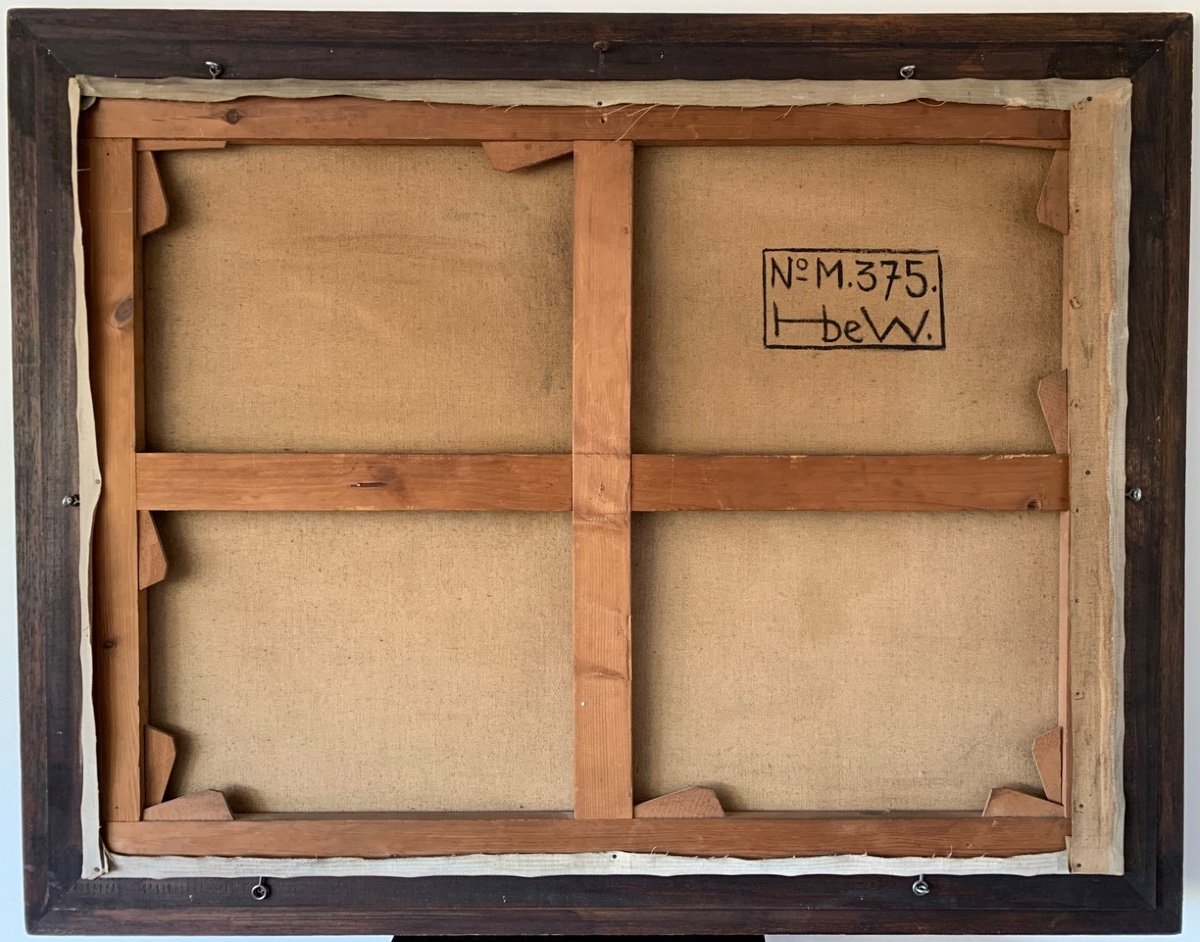


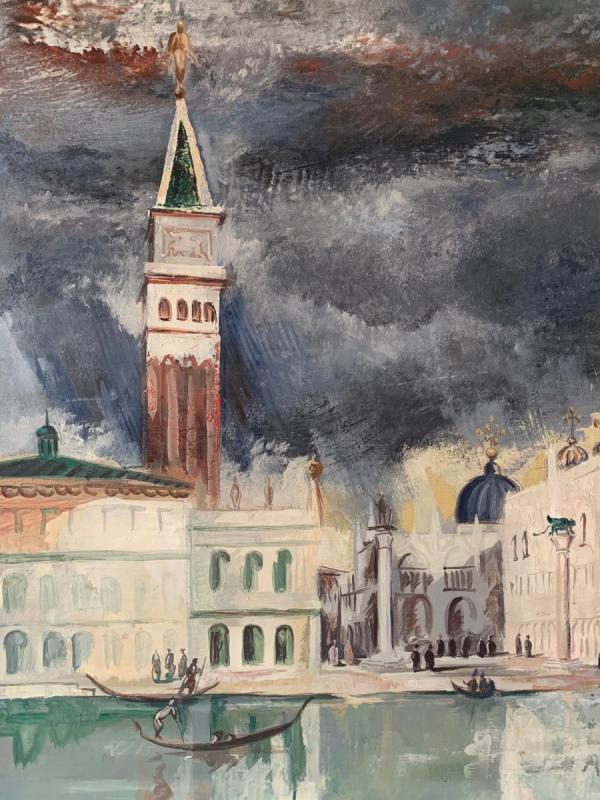


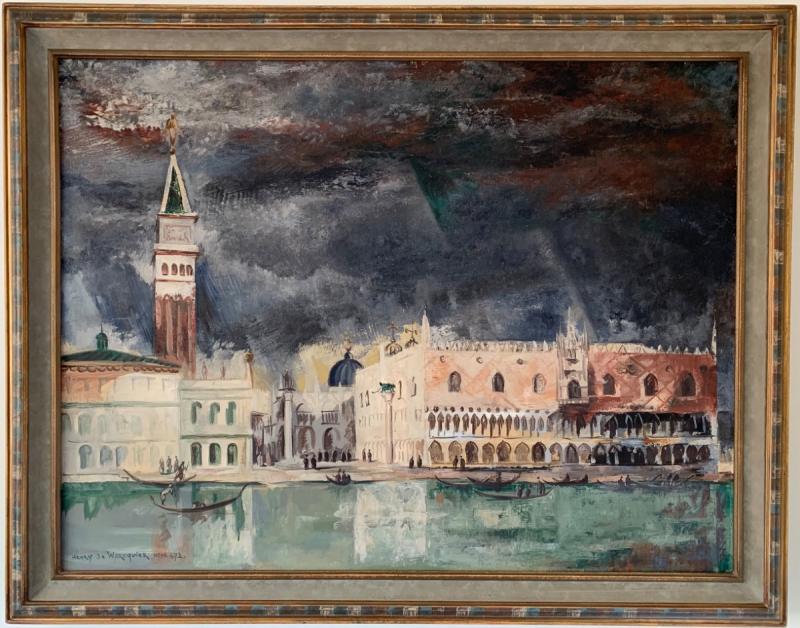

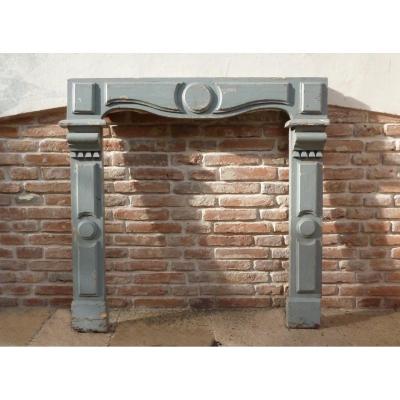

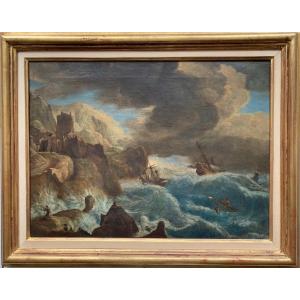
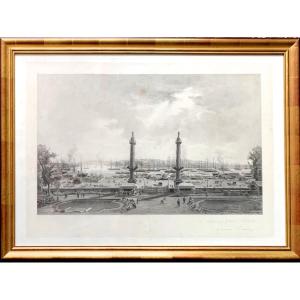
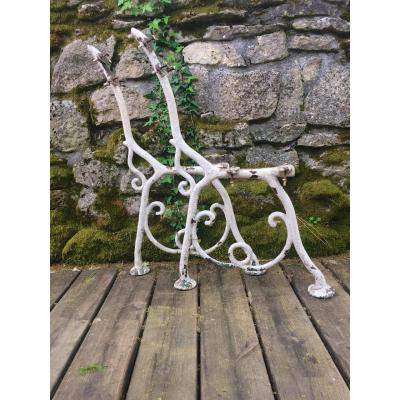
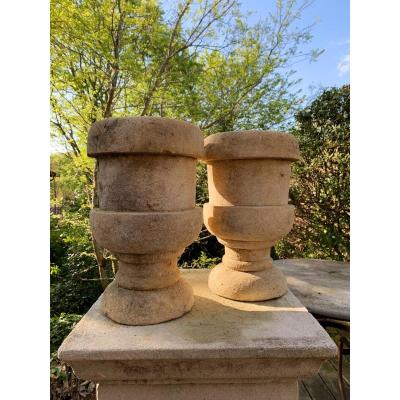
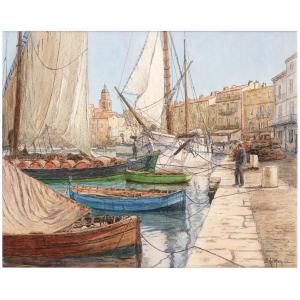
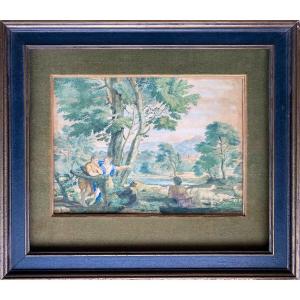
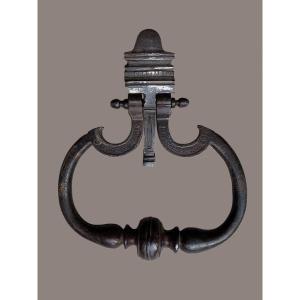
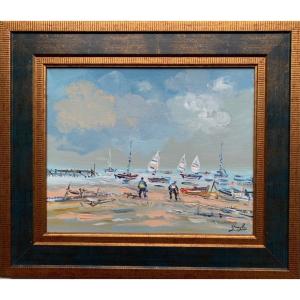
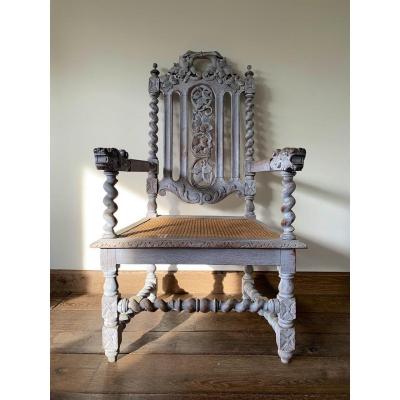

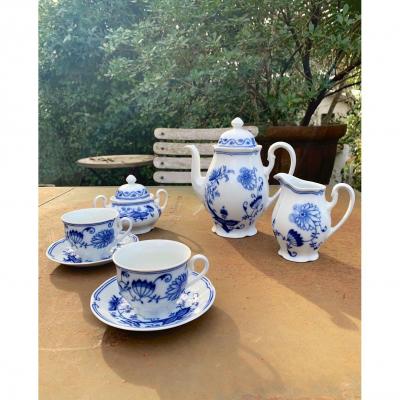

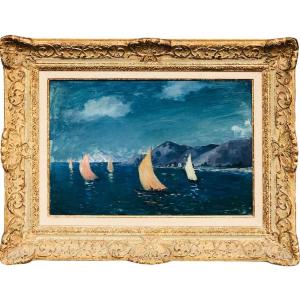

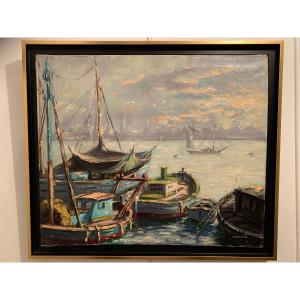

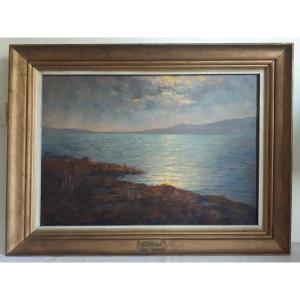



 Le Magazine de PROANTIC
Le Magazine de PROANTIC TRÉSORS Magazine
TRÉSORS Magazine Rivista Artiquariato
Rivista Artiquariato